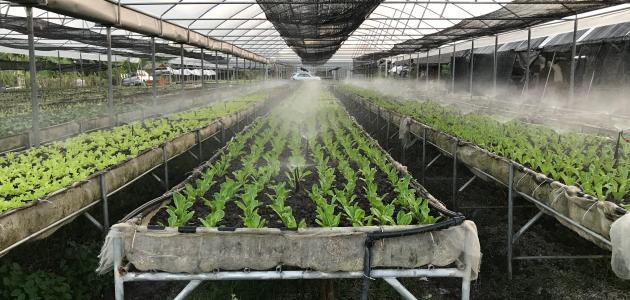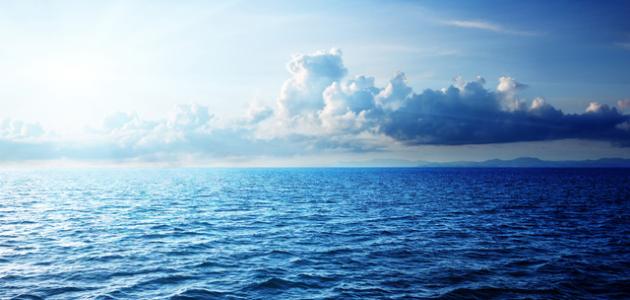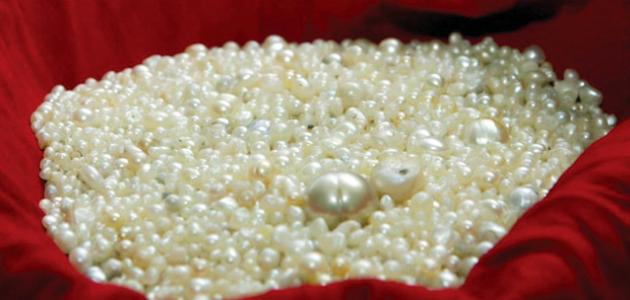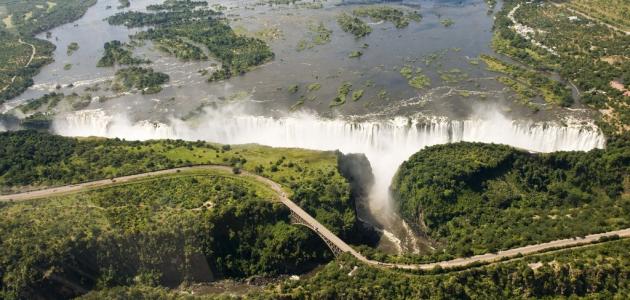Ways to rationalize water consumption in agriculture
The agricultural sector is considered one of the sectors that consumes the most water, which has made strengthening the efforts made in this sector to preserve it necessary. Many farmers around the world depend on pumping water to irrigate their crops from groundwater sources and other sources, which leads to pumping excessive amounts of water to irrigate their crops. Water, which causes major agricultural problems, as excessive irrigation of crops may spoil them, in addition to the movement of excess water on the surface of the soil leads to its erosion, and the water that is pumped often loses a large portion of it due to its leakage from the pipes that transport it from the source. To the fields, part of it is used for irrigation, while the remaining amount is lost due to evaporation and seepage into the soil. To rationalize water consumption in the agricultural sector, there are several strategies that farmers can follow.
To learn about ways to rationalize water consumption, you can read the article Ways to rationalize water consumption
Rationalizing water consumption by improving agricultural practices
Appropriate amounts of water should be used in agriculture to preserve the most valuable natural resources and to obtain healthier crops. Below are some agricultural practices used to rationalize and preserve water consumption in agriculture:
- Choosing drought-tolerant crops: It is important to choose crops that suit the climate of the region; In order for plants to succeed in adapting to the natural weather conditions in this environment, especially during periods of drought, if the region suffers from periods of drought, this makes it necessary to choose agricultural crops that adapt to these periods, which helps reduce the need for irrigation.
- Follow practices that maintain soil quality: Good soil retains moisture and oxygen better, which contributes to reducing the amount of water needed to irrigate crops. Practices that maintain soil quality include fertilizing it with fertilizers and reducing the frequency of plowing.
- Crop rotation: Many farmers rotate the types of crops they grow according to the season or year. Different crops need different nutrients from the soil and a different amount of irrigation water. Through continuous rotation between crop types, the soil flourishes and crops give better yields, in addition to saving water consumption by alternating between types. Plants that need abundant water and those that need less.
- Plowing for land maintenance: Conservation tillage uses plows and special tools that work to plow the soil while keeping at least 30% of the plant crop residues on the surface of the soil, which works as a cover that maintains soil moisture and reduces water evaporation from it, and also reduces soil erosion or compaction. .
- Moving towards organic agriculture: Organic agriculture gives higher yields than conventional agriculture in years of drought, and contributes to avoiding the damage of pesticides, and preserving waterways from contamination with the most toxic pesticides. Organic methods also help the soil retain its moisture, as soil rich in organic matter and microbial life provides more moisture for plants. Organic fields can also resupply groundwater catchments by up to 20%, based on an experiment by the Rodale Institute.
- Adding compost and spreading mulch on the soil: It has been found that decomposed organic materials used as fertilizer improve the structure of the soil and increase its ability to retain water. Also, placing a layer of mulch on the surface of the soil maintains its moisture. When this layer of organic materials such as straw or wood chips crumbles, it becomes As a soil fertilizer, which increases the ability of this soil to retain water, and this is especially useful in the dry season. Black plastic mulch can also be used as a soil cover to prevent weeds and reduce evaporation.
- Planting cover crops: Planting some plants that are specifically used to cover agricultural soil will help reduce the growth of harmful weeds, and will help increase the organic matter present in the soil, raise its fertility and thus improve its productivity. These are things that prevent soil erosion and compaction, allow water to penetrate the soil more easily, and improve its capacity. To retain water, this is especially useful in dry seasons. Perennial grass or clover may be grown as cover plants.
- Contour farming: (in English: Contour harvesting), planting on the sides of sloping hills in a linear manner rather than planting on top of the slope is considered a water-conserving practice. The soil is usually turned before placing the seeds, and furrows are made in it transversely; To reduce water runoff on the soil surface and increase its infiltration through the soil to the planted crops, there are many agricultural techniques that retain water through a system of lines, such as: lines of stacked stones, lines of grass barriers, or terrace farming, etc.
Rationalizing water consumption by improving irrigation methods
Water conservation is considered one of the necessities for the continuation of the agricultural sector due to the importance of water in the growth of plants and agricultural crops. The depletion of groundwater with high salinity due to the excessive use of chemical fertilizers and pesticides is one of the major problems in this sector, so various methods have been applied around the world to solve this problem, including: During water harvesting and restoring groundwater reserves, local residents in areas where water is scarce and where precipitation rates are low have used simple techniques that suit their region and meet a large part of their water need. Among the irrigation techniques used to rationalize water consumption are the following:
Read also:Lake Victoria- Use of salt water: Salty water is widely available but is rarely used in agriculture because it reduces plant growth and reduces yields. However, recently different types of salt-resistant crops have been developed.
- Irrigation scheduling: Irrigation scheduling, which deals with the amount of water used to irrigate plants, how and when to irrigate, and other matters, is a practical way to prevent excessive water use while improving crop growth. Improving methods for utilizing rainwater used for irrigation reduces the need for farmers to pump water from water tanks. Groundwater or watersheds. One of the most important things that must be taken into account in scheduling irrigation for each season is: the time the irrigation process begins and the time it stops. The farmer must also monitor the moisture content of the soil and evaluate the actual capacity of the irrigation system.
- Drip irrigation: Drip irrigation systems deliver water directly to the plant roots, which reduces the evaporation that occurs in some other irrigation systems. Timers can be used to schedule irrigation at cooler times during the day to reduce water loss. In addition, properly installed drip irrigation pipes save water. It reaches 80% of water compared to traditional irrigation methods, and it also contributes to increasing crop production.
Rationalizing water consumption by applying water harvesting
Water harvesting is defined as a technique used to develop surface water resources that can be used in dry areas to provide water for livestock, for domestic uses, for forestry agriculture, and for agriculture in small areas as well. Water harvesting systems can be defined as artificial methods through which precipitation water can be collected and stored for later use. Water harvesting provides a sufficient amount of water suitable for use, as the water collected can be an additional source of supply to the amount of water that is already present, or be the main source in areas where providing water from other sources may be very expensive, and water harvesting systems include What follows:
Read also:research on wind energy- A water collection area that is set up in such a way that rainwater flows through it efficiently.
- A facility for storing collected water, used when the water is not concentrated directly in agricultural soil.
- Water distribution plan, which is required in systems used in subsistence agriculture for irrigation in periods of drought.
Some farmers build their own ponds to collect rainwater, store it, and use it throughout the year instead of relying entirely on groundwater or municipal well water. The benefit of this method is not limited to the water economy they achieve, but rather extends to creating ponds to collect rainwater that represent a habitat for wildlife. Local.









